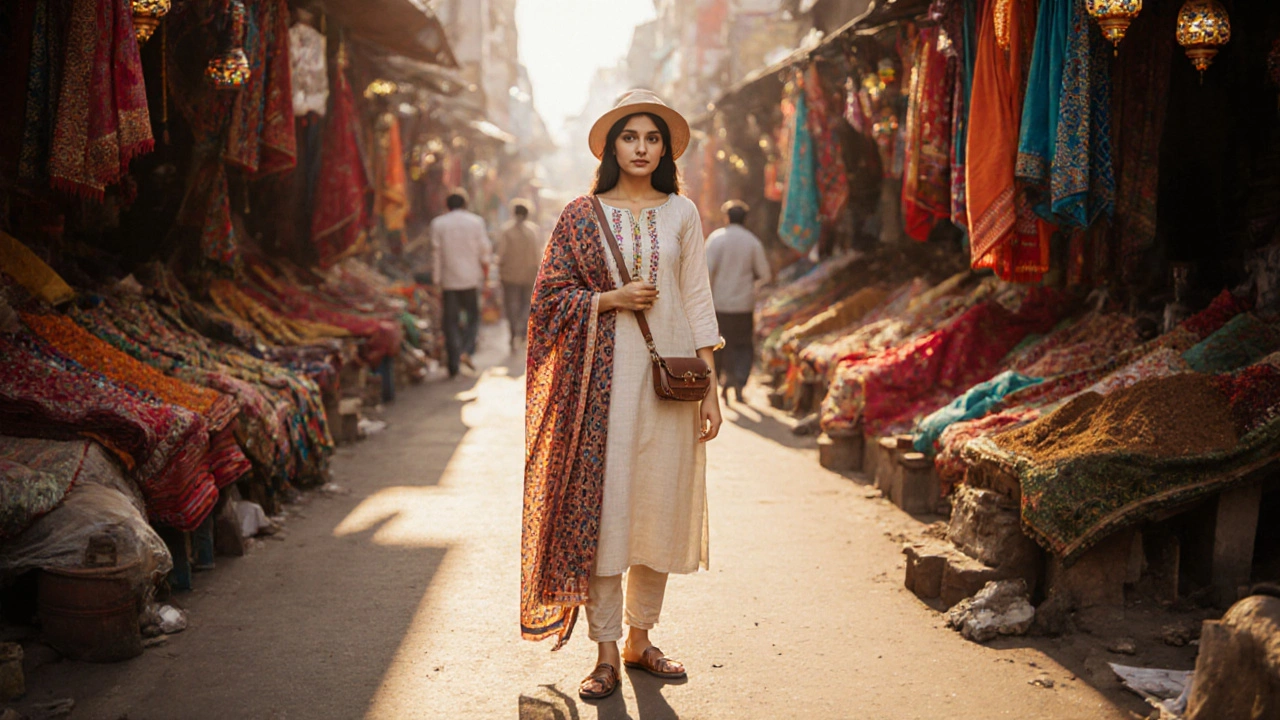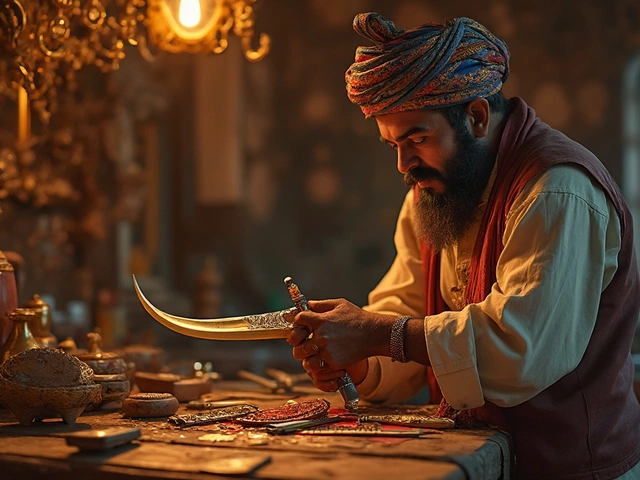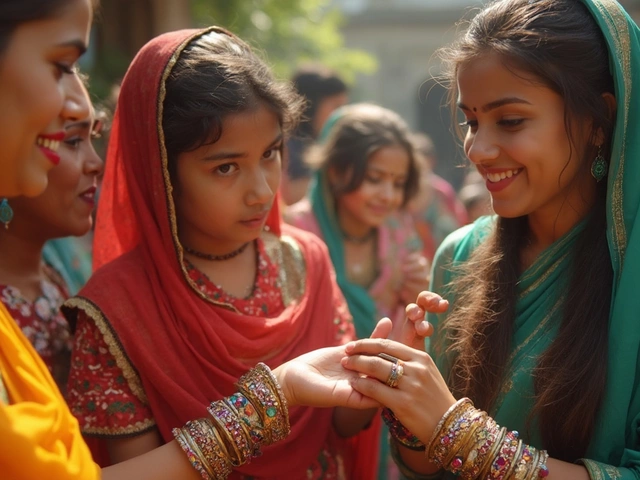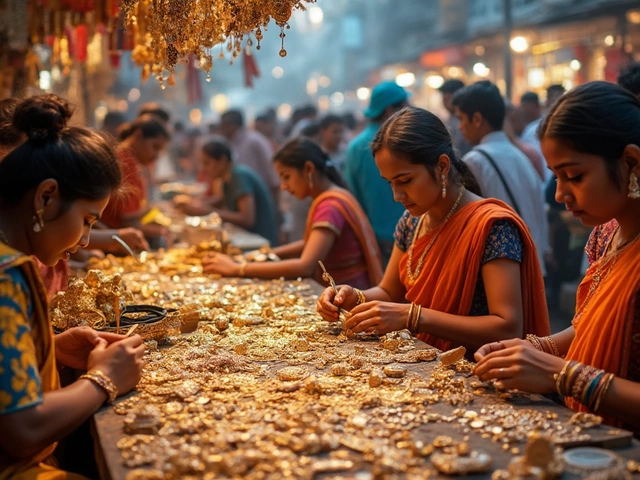Traveling to India can be a feast for the senses, but figuring out what to dress in India as a female visitor often feels like a puzzle. You want to look comfortable, respect local customs, and still feel like yourself. This guide walks you through the most versatile outfits, essential accessories, and quick etiquette hacks so you can explore Delhi, Jaipur, Kerala, or Goa without a wardrobe worry.
Understanding the Dress Landscape
India isn’t a single fashion rulebook; it’s a mosaic of regional styles, climate zones, and religious sensitivities. In the north, you’ll see flowing saris and embroidered salwar kameez, while the south favors bright cotton kurtis and simple cotton dhotis for men. Coastal cities stay breezy, desert regions get layered, and temple towns call for modesty. Knowing these nuances lets you pick pieces that blend in without losing personal flair.
Key Traditional Pieces Every Female Tourist Should Know
Below are the staple garments you’ll encounter, each with a quick cultural note.
- Sari is a six‑to‑nine‑yard unstitched fabric draped around the body, often paired with a fitted blouse called a choli. Ideal for formal events or upscale restaurants.
- Salwar Kameez consists of a loose‑fit trouser (salwar) and a tunic (kameez). It’s the go‑to comfort wear for daily sightseeing.
- Anarkali is a frock‑style top that flares at the waist, giving a regal silhouette while staying easy to move in.
- Kurti is a short, often cotton, tunic that pairs perfectly with leggings or jeans for a fusion look.
- Dupatta is a long scarf that can be draped over the shoulders or head, adding modesty and a pop of color.
- Mojari are handcrafted leather slip‑ons, perfect for walking on stone streets while staying authentic.
Choosing the Right Outfit for Different Scenarios
| Garment | Comfort (1‑5) | Cultural Appropriateness | Climate Suitability | Ease of Wear |
|---|---|---|---|---|
| Sari | 3 | Highly appropriate for formal or religious settings | Best in moderate climate; can be heavy in humidity | Requires practice to drape |
| Salwar Kameez | 5 | Widely accepted across regions | Excellent for hot and humid areas | Easy, no‑zip style |
| Anarkali | 4 | Elegant for weddings and festivals | Works in cooler evenings; may feel warm midday | Simple to slip on |
| Kurti + Leggings | 5 | Casual yet respectful | Perfect for all climates, especially coastal | Very easy, like a T‑shirt |
| Western Jeans + Top | 4 | Acceptable in tourist hubs, less so in temples | Adapted with breathable fabrics | Very easy |
Pick an outfit from the table that matches the day's agenda. If you’re heading to a temple, lean toward a salwar kameez with a dupatta. For a rooftop dinner, an elegant Anarkali or a modest sari will earn compliments.
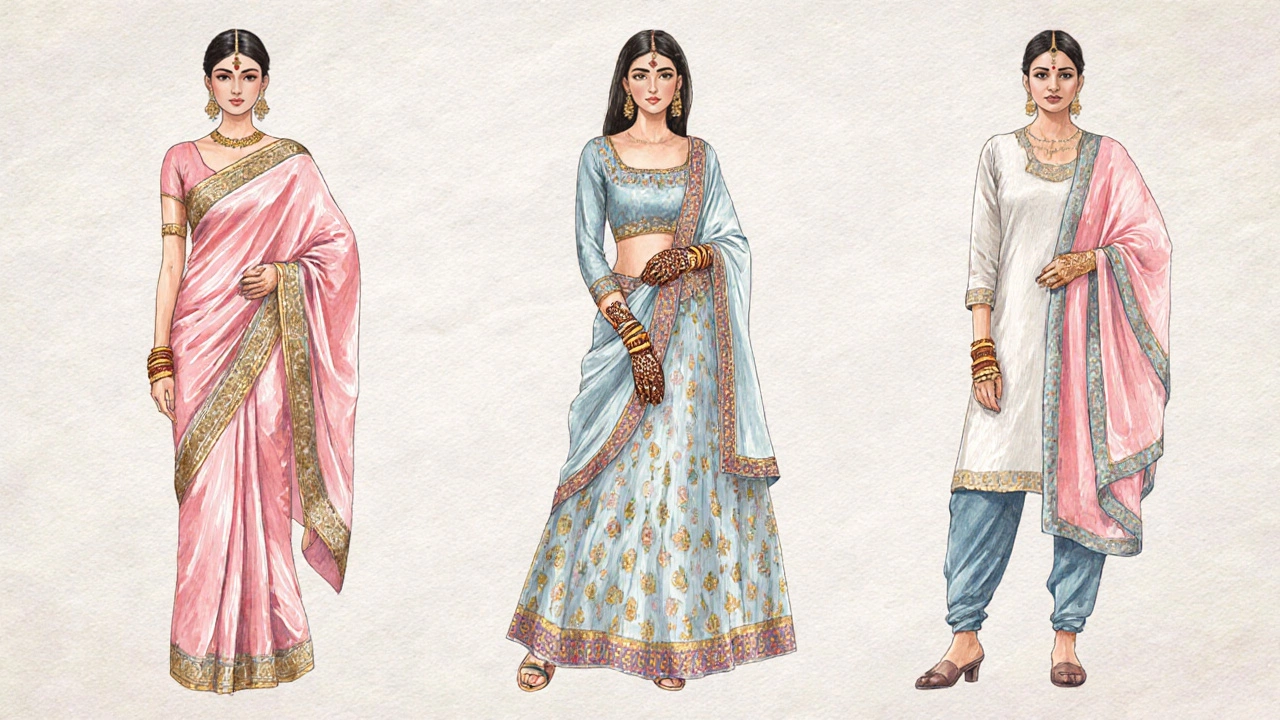
Essential Accessories to Complete Your Look
Accessories can transform a simple outfit into a culturally attuned ensemble.
- Bindi - A decorative dot placed on the forehead; a small stick‑on version works well for travelers.
- Henna - Temporary mehndi designs on hands add authenticity, especially during festivals.
- Lightweight scarf - Acts as a dupatta, sun shield, or modesty cover when visiting holy sites.
- Cross‑body bag - Keeps valuables safe while leaving hands free for photos.
- Sun hat or cap - Essential for the strong Indian sun, especially in Rajasthan and Gujarat.
Practical Tips for Dressing Respectfully
- Cover shoulders and knees when entering temples, mosques, or rural villages. A simple kurti and leggings satisfy this rule.
- Avoid overly tight or revealing cuts in conservative areas. Opt for slightly loose silhouettes.
- Choose breathable fabrics like cotton, linen, or lightweight silk. They handle humidity and heat better.
- Carry a spare scarf in your bag; you can quickly dress up a short dress or cover your hair if needed.
- Respect local customs by observing what residents wear. When in doubt, ask a shopkeeper or fellow traveler.
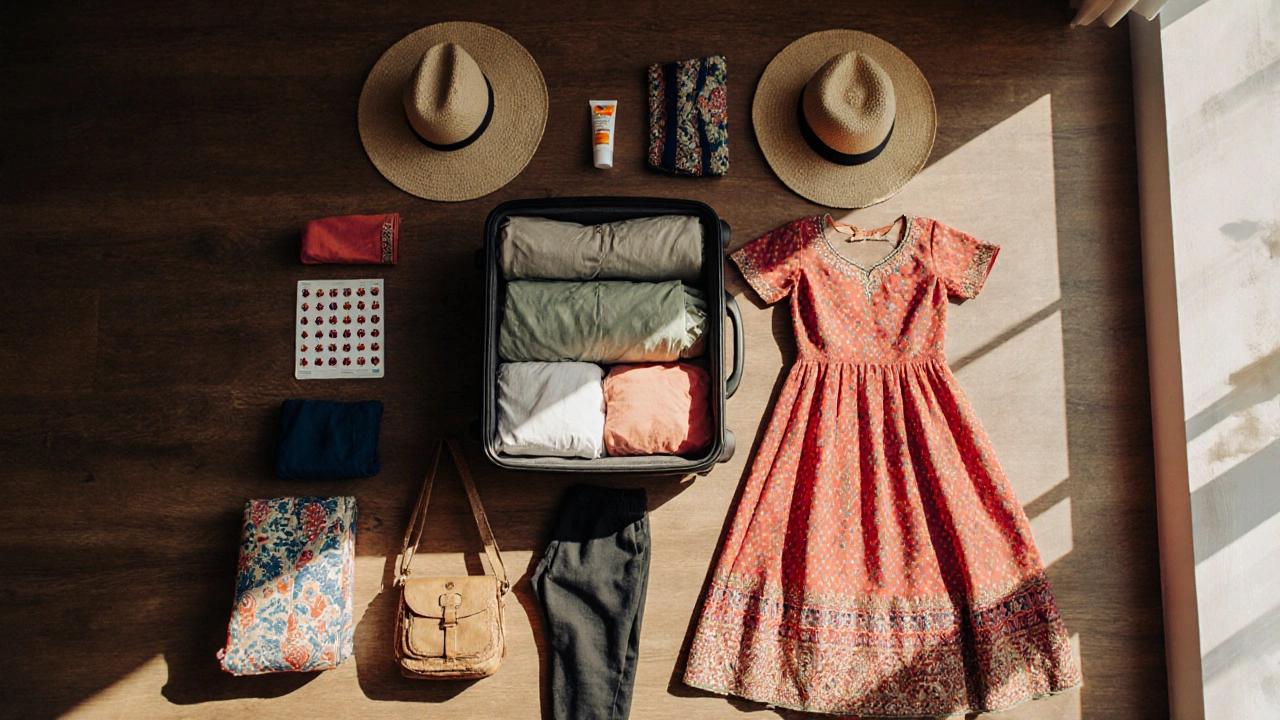
Where to Shop for Tourist‑Friendly Clothing
India’s markets offer a treasure trove of affordable outfits. Here are three reliable options:
- Local bazaars - Places like Delhi’s Sarojini Nagar or Mumbai’s Colaba Causeway have ready‑made salwar kameez at budget prices.
- Ethnic brand stores - Chains like FabIndia or W for Women curate hand‑loom pieces that are both stylish and travel‑ready.
- Online platforms - Websites such as Myntra and Amazon India let you filter by size, fabric, and customer reviews before you land.
Always try the garment on, check stitching quality, and make sure you can comfortably sit, bend, and walk in it.
Mini FAQ
Is it okay to wear jeans in Indian cities?
Jeans are fine for hotels, malls, and modern cafés, but they’re not suitable for temples or rural villages where covering the knees is expected.
Do I need to buy a sari for a short trip?
Not mandatory. A well‑chosen salwar kameez or kurti can blend in everywhere, and you can borrow or rent a sari for a special occasion.
What color clothing should I avoid?
Bright white is traditionally worn at funerals, so avoid it unless you’re attending one. Otherwise, vibrant colors are celebrated across India.
Can I wear a bikini at the beach?
Yes, most popular beaches like Goa or Kerala are tourist‑friendly. Just cover up when you leave the shore, especially near local villages.
How do I keep my clothes from getting wrinkled while traveling?
Roll cotton garments, use dry‑cleaning bags for silk, and pack a small travel steamer. A quick shake‑out in the hotel bathroom often works too.
Quick Checklist Before You Pack
- 2-3 lightweight salwar kameez sets (cotton, breathable).
- 1 elegant Anarkali or ready‑to‑wear sari for special evenings.
- 2-3 versatile kurtis/kurtas for casual days.
- 2 pairs of breathable shoes (sandals + mojari).
- Scarf/dupata, bindi stickers, small henna kit.
- Cross‑body bag, hat, sunscreen.
With these pieces in your suitcase, you’ll feel comfortable, respectful, and ready for every Indian backdrop - from bustling markets to tranquil temples.
